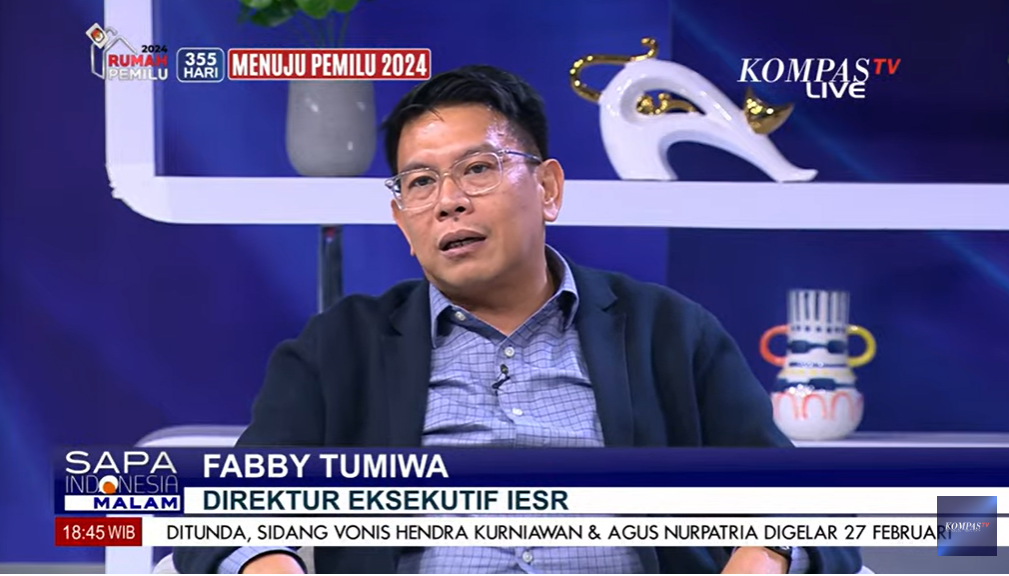IESR said the government needs to bear the risk of investment in geothermal exploration to multiply projects. Read more on Bisnis Indonesia.
The transition from fossil energy to low-emission energy is non-negotiable. It's not about following global trends, but about the earth and its life in the future. However, the question arises when Indonesia can really rely on renewable energy? Because, even though we are blessed with abundant renewable energy potential, access is not easy and the price…

Palembang, February 29, 2024 - On Thursday morning, the Jelajah Energi South Sumatra group arrived at the Geothermal Power Plant (PLTP) in Lumut Balai, Muara Enim, South Sumatra, owned by PT Pertamina Geothermal Energy Tbk (PGE), after a long and winding journey that took about 4 hours from Muara Enim City. The group was…
Indonesia's biggest geothermal company PT Pertamina Geothermal Energy, which is state-owned, is hoping to export clean energy to neighbouring countries as the region looks towards green alternatives and away from fossil fuels.
Read more on CNA.
The Ministry of Energy and Mineral Resources (MEMR) will improve the geothermal auction system to attract business interest.
Read more on Kontan.
Geothermal business owners reveal that up to this point, the growth of installed capacity for geothermal power plants in Indonesia is still slow, reaching only 40 megawatts (MW) per year. There are several challenges that are considered to hinder the addition of this clean energy capacity.
Read more on Kata Data.
The Ministry of Energy and Mineral Resources (ESDM) will provide several incentives and facilities to attract large companies to work on geothermal power plants (PLTP).
Read more on Kata Data.
The Executive Director of the Institute for Essential Services Reform (IESR), Fabby Tumiwa, said that the average investment for geothermal power plants is US$ 5-7 million per MW.
Read more on Kontan.

Jakarta, February 24, 2023 - PT Pertamina Geothermal Energy Tbk (PGE) is ready to hold an initial public offering (IPO) worth Rp9.8 trillion on the Indonesia Stock Exchange on Friday (24/2/2023). With these funds, PGE will develop a geothermal power plant (PLTP) with a capacity of 600 megawatts until 2027. Responding to this, the Executive…
The Executive Director of the Institute for Essential Services Reform (IESR), Fabby Tumiwa, advised the government to review the tender mechanism for geothermal working areas (WKP) this year.
Read more on Bisnis.
